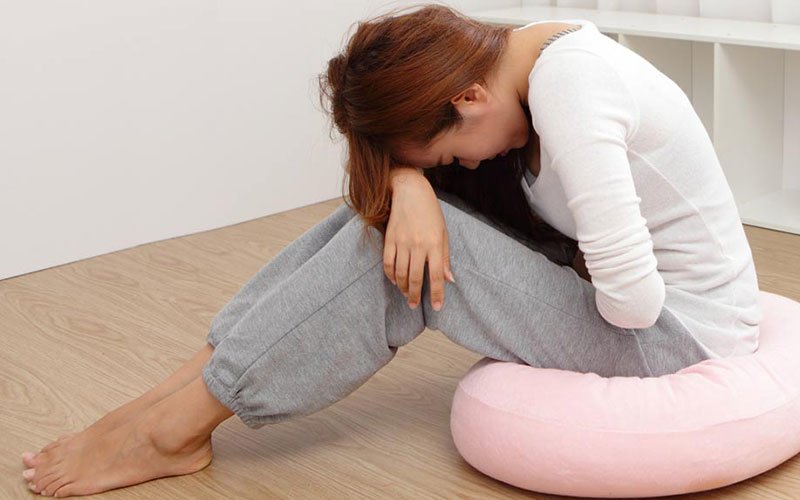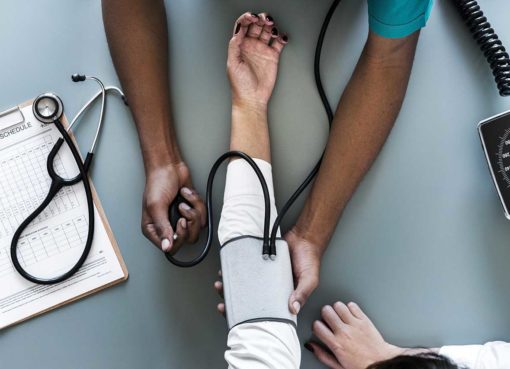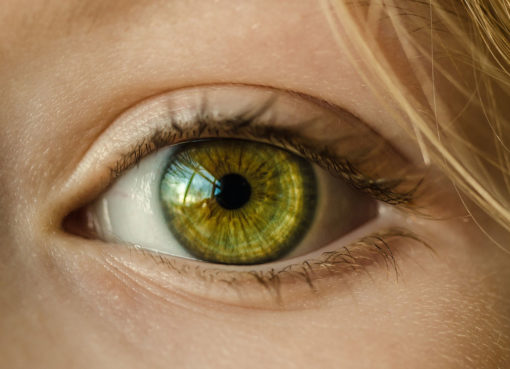Your periods are painful? You are not alone! Most women experience some discomfort during their periods.
SYMPTOMS
What is known as “menstrual pain” (or “dysmenorrhea” or “algomenorrhea”) is usually cramping (sags) in lower abdomen, possibly accompanied by any of following symptoms:
• pain in thighs, heavy legs
• pain in lower back
• tenderness of breasts, which are swollen
• headache
• nausea
• feeling tired or weak
duration and timing of menstrual pain varies greatly from one woman to another. They may occur before or during menstruation and sometimes continue for a few days after bleeding stops.
Risk factors
Most research on PMS and menstrual pain points to risk factors such as:
• lack of physical activity
• lack of sleep
• smoking
• alcohol consumption during menstruation
• nutritional deficiencies, especially in vitamins C and B6, calcium and magnesium.
• a diet too rich in caffeine, salt, sugar, red meats
• excess weight
• excessive stress, anxiety
• early puberty (before the age of 11)
• wearing an IUD (especially those containing copper)
Prevention and treatments
prevention of painful menstruation includes a diet and a lifestyle adapted, for example:
• moderate consumption of red meats, coffee (especially during menses), sugar and salt
• enough sleep
• regular exercise (preferably aerobic)
• relaxation activities.
The following ways can help relieve menstrual pain:
• heat: hot water bottle placed on the belly, hot bath
• rest
• light exercise (walking, stretching, cycling, etc.)
Depending on severity and menstrual pain severity , some medical treatments may be prescribed or recommended: over-the-counter pain (eg ibuprofen) or prescription, some contraceptives and, in the case of severe symptoms, medications that cause temporary menopause





